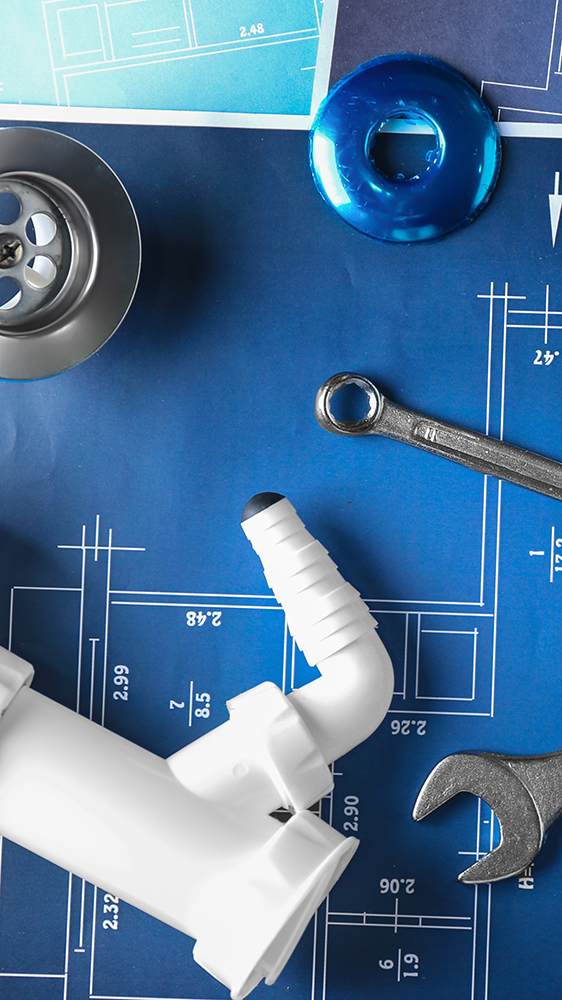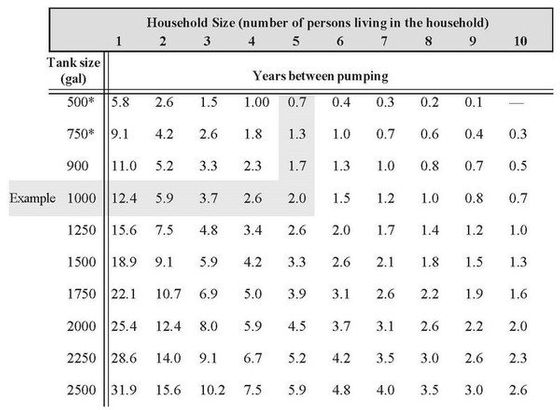Septic Cleaning, Pumping, & Repair Services for Hamilton, OH
Depend on Speedy Septic Service, We Put Our Customers First!

Leaders in Providing Residential and Commercial
- Septic Tank Cleaning
- Septic Tank Pumping
- Septic Tank Repairs
- Real Estate Septic System Inspections
- Access Riser Installations
- Septic Tank Location
- Replacement Lids
- Repair and Replace Septic Pumps
- Operation & Maintenance Service Contracts
- Drain field Rehabilitation
- Hydro-Jetting: Clearing Blockages and Cleaning
- Pipes with the Power of Water
- RV and Holding Tank Pumping
- Lift Station Cleaning
- Agricultural Pumping
- Municipality Pumping
- Commercial Pumping
- Drain Line Locating
- Ridgid Seesnake Video Inspections
Why Scheduled Maintenance?
Regular maintenance fees every 2 – 5r years is a bargain compared to the cost of repairing or replacing a malfunctioning system. The frequency of pumping required for each system depends on how many people live in the home and the size of the system.(see diagram)
Household wastewater contains disease causing bacteria and viruses and high levels of nitrogen and phosphorus. If a septic system is well-maintained and working properly, it will remove most of these pollutants. Insufficiently treated sewage from septic systems can cause groundwater contamination, which can spread disease in humans and animals.
An unusable septic system or one in disrepair will lower your property value, and potentially can pose a costly legal liability.
More than four billion gallons of wastewater are dispersed below the ground’s surface every day. Ground water contaminated by poorly or untreated household wastewater poses dangers to drinking water and to the environment. Malfunctioning septic systems release bacteria, viruses, and chemicals toxic to local waterways. When these pollutants are released into the ground, they eventually enter streams, rivers, lakes, and more, harming local ecosystems by killing native plants, fish, and shellfish. (source epa.gov)
How to Care for Your Septic System?
Septic system maintenance is not complicated, and it does not need to be expensive.
The average household septic system should be inspected at least every three years by a septic service professional. Household septic tanks are typically pumped every 2-5 years. Alternative systems with electrical float switches, pumps, or mechanical components should be inspected more often, generally once a year.
Your drainfield is a component of your septic system that removes contaminants from the liquid that emerges from your septic tank it is an important part of your septic system. Here are a few things you should do to maintain it: 1. Never park or drive on your drainfield. 2. Plant trees the appropriate distance from your drainfield to keep roots from growing into your septic system. A septic service professional can advise you of the proper distance, depending on your septic tank and landscape. 3.Keep roof drains, sump pumps, and other rainwater drainage systems away from your drainfield area. Excess water slows down or stops the wastewater treatment process.(source epa.gov)
Whether you flush it down the toilet, grind it in the garbage disposal, or pour it down the sink, shower, or bath, everything that goes down your drains ends up in your septic system. What goes down the drain affects how well your septic system works. Your septic system is not a trash can. An easy rule of thumb: Do not flush anything besides human waste and toilet paper. Think at the sink!
The average indoor water use in a typical single-family home is nearly 70 gallons per individual, per day. Just a single leaky or running toilet can waste as much as 200 gallons of water per day. All of the water a household sends down its pipes winds up in its septic system. The more water a household conserves, the less water enters the septic system. Efficient water use improves the operation of a septic system and reduces the risk of failure.
